By Christopher Miskimon
British airborne troops were landing near Arnhem, Holland, on the morning of September 17, 1944. Despite the fact that elements of two veteran SS panzer divisions were reconstituting in the area, the Germans were taken much by surprise.
Initial reports of the landings were confusing and often misleading; leaders needed to see the situation clearly in order to react. Local garrison commander Maj. Gen. Friedrich Kussin was one of those officers. He decided to see for himself, taking an aide, Max Kostler, and his driver, Josef Willeke. At about 5:15 pm, he arrived at a subordinate’s command post along the Utrechtseweg, the main road leading from Arnhem through Oosterbeek to the British landing zones. That officer, a Sturmbahnführer Krafft, warned Kussin he should return along an alternate route; the road was not secure. Kussin chose to disregard that advice and raced off the way they had come.
Farther down the Utrechtseweg, British platoon commander Lieutenant James Cleminson led his men down a narrow portion of the road, sacrificing security for speed in the rush to get to the bridge across the Neder Rhine River. Suddenly, a German staff car drove right into their midst! The British paratroopers opened fire on it with Bren and Sten guns, hosing it with bullets until it looked like a sieve. Inside, General Kussin managed to draw his pistol before being hit in the chest, neck, and head. Kostler was covered in his leader’s blood and brains as he too died. Willeke tried in vain to grab his rifle, but he was dead within seconds as well.
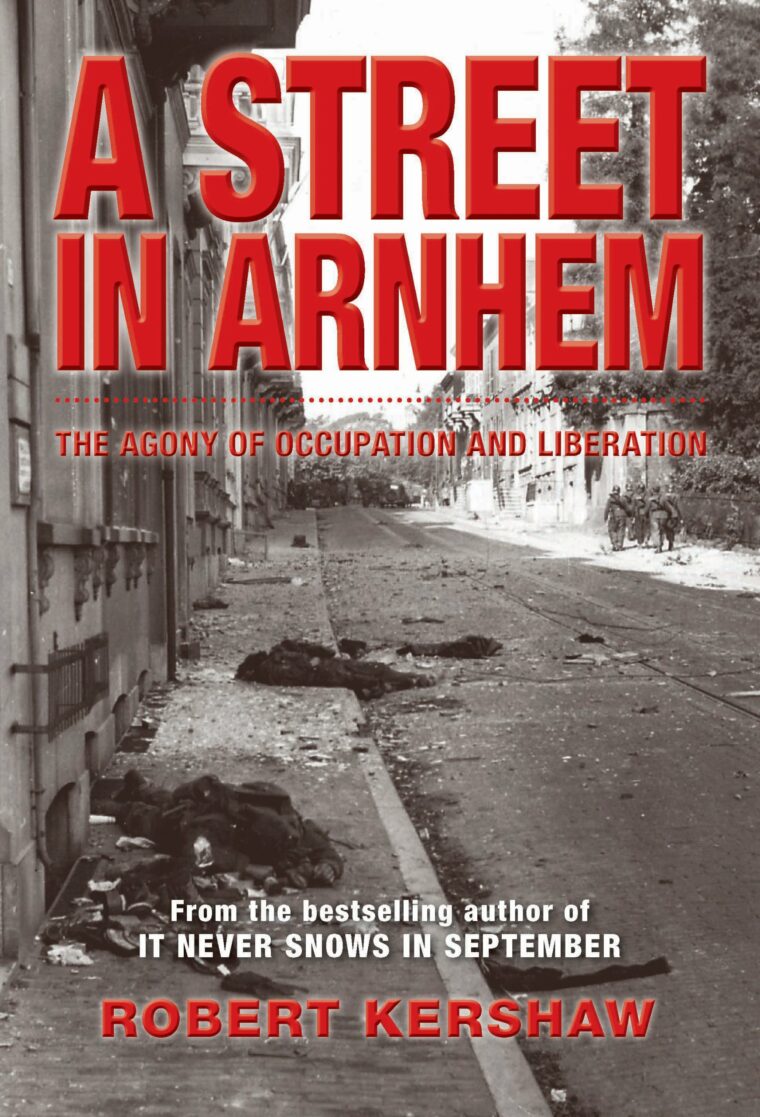 The British soldiers pulled the bodies out of the car and realized they had killed a high-ranking officer, but it was even better than they could realize. Kussin was in charge of the bridge defenses while the SS panzer units were tasked with areas to either side of the Arnhem Bridge. For now, there was no one to direct the troops around the bridge against the paratroopers moving to seize it.
The British soldiers pulled the bodies out of the car and realized they had killed a high-ranking officer, but it was even better than they could realize. Kussin was in charge of the bridge defenses while the SS panzer units were tasked with areas to either side of the Arnhem Bridge. For now, there was no one to direct the troops around the bridge against the paratroopers moving to seize it.
The Battle of Arnhem was full of such small stories. Small groups of British paratroopers used daring and surprise to grab their objectives while German troops hastily deployed to meet them. Dutch civilians, trapped in the middle, watched with hope as German soldiers retreated in some areas along the Utrechtseweg to be replaced by British soldiers. Later these hopes would turn to despair as the Germans retook the area, killing or forcing out those the Dutch saw as their liberators. Focusing on just the Utrechtseweg road, author Robert Kershaw has shown the effect of war on a single street in a single critical battle in his new book A Street in Arnhem: The Agony of Occupation and Liberation (Casemate Publishing, Havertown, PA, 2015, 304pp., maps, photographs, notes, bibliography, index, $32.95, hardcover).
The struggle of the British paratroopers at Arnhem is well known and often documented in books and film. What sets this book apart is its focus. The author has narrowed the focus down to a single street, albeit a critical one connecting the Arnhem Bridge area to the British landing zones. Holding this road was absolutely essential for the British if their troops and supplies were to get through from those landing zones to the forces defending the bridge. By map it was a distance of nearly six miles, far from ideal for a lightly equipped airborne unit. Still they may have yet succeeded if not for the SS panzer divisions sent to the area to refit after the fighting in Normandy. These units were at relatively low strength but consisted of many veterans who knew their business and had fought paratroopers before. One German unit had enough MG-42 machine guns to equip every soldier since they had picked up so many during the retreat from Normandy.
The result was a catastrophe. The two sides battled back and forth across the Utrechtseweg, and the Germans succeeded in keeping the British from reinforcing the small group at the bridge until it was too late. The area along the road suffered heavily from the fighting, especially the artillery fire. This was an equal disaster for the Dutch civilians, who had seen little of the war until then.
The author is a former member of the British Army’s elite Parachute Regiment; his expertise on and understanding of airborne operations are evident in this book. While he mentions the actions of the various generals overseeing the battle, the focus is rightly given to the accounts of the fighting soldiers who struggled along the Utrechtseweg. The writing is clear and gives a good impression of the confusion and desperation of the fighting. The inclusion of the Dutch civilians’ experiences further rounds out the book.
Hitler’s Warrior: The Life and Wars of SS Colonel Jochen Peiper (Danny S. Parker, Da Capo Press, New York, 2015, 441pp., maps, photographs, notes, index, $29.99, hardcover)
Jochen Peiper is infamous even for a Nazi. While not a member of the inner circle that surrounded Hitler, Peiper was an ardent national socialist who volunteered for service in the Waffen-SS at a young age. He became Heinrich Himmler’s adjutant and served in this capacity until well after the war began. When he finally went into combat he served with the 1st SS Panzer Division. On the Eastern Front he quickly developed a reputation for brutality.
In time he gained the attention of Hitler and was given a major role in the Ardennes Offensive in December 1944, forever known as the Battle of the Bulge. There he became forever infamous for the Malmedy Massacre, a murderous execution of 84 American prisoners of war. Peiper was tried and convicted for his role in the incident but was released in 1956. Now free, Peiper moved to eastern France where he lived quietly until being discovered in 1976. Unknown assailants attacked his home and Peiper was killed and his house burned.
This new biography looks at Peiper’s controversial life and his complicated personality. It is all too easy to simply write off any enthusiastic Nazi as a demented madman; it satisfies the ego and requires little thought for the author or reader. Instead, Mr. Parker has delved into Peiper’s complexities in a way that encourages the reader to consider such evil and its perpetrators more carefully. Interviews with many of Peiper’s contemporaries add a nice depth to the book.
Target Tokyo: Jimmy Doolittle and the Raid That Avenged Pearl Harbor (James M. Scott, W.W. Norton, New York, 2015, 640pp., maps, illustrations, notes bibliography, index, $35.00, hardcover)
The Doolittle Raid was America’s first counterattack of World War II. Coming just four months after Pearl Harbor, this raid involved launching Army North American B-25 Mitchell bombers from the flight deck of the aircraft carrier USS Hornet in a surprise attack on mainland Japan. There were great challenges to completing this top secret attack, but in the end it was pulled off through the courage of Doolittle and his aircrews. The raid itself did little real damage but was a great morale booster for the American people. Conversely, it was a serious shock to the Japanese, who did not expect their country to be attacked directly. There was a price little known in the United States, however. Perhaps a quarter million Chinese were killed in retaliation.
This well researched book is a comprehensive account of the Doolittle Raid, which covers the entire mission from conception to the aftermath. The author’s storytelling brings the reader back to the drama of this daring mission.
The Spearheaders: A Personal History of Darby’s Rangers (James Altieri, Naval Institute Press, Annapolis, MD, 2014, 318pp., photographs, $24.95, softcover)
In early 1942 there were few ways for the United States to strike at Nazi Germany. There was no realistic chance of an invasion of Europe that year, and America was months away from invading North Africa. The British were having some luck with their commando units, conducting various raids whenever the opportunity arose. American General Lucian Truscott decided to raise a commando unit for the U.S. Army. That force became the 1st Ranger Battalion, and its commander, Major William O. Darby, was an excellent leader, so much so the unit soon became known as “Darby’s Rangers.”
The Rangers soon proved their worth as an elite light infantry force, taking on missions regular units would be hard pressed to accomplish. A small detachment went with the Canadians at Dieppe, and then the unit fought in North Africa, Sicily, and Italy including Anzio. In that final locale the Rangers were committed to an attack at Cisterna, which effectively destroyed the unit. Nevertheless, the Rangers’ accomplishments were such that their legend refused to die. The present-day U.S. Army Rangers can trace their lineage straight to Darby and his troops.
The author entered the Rangers as a private and ended the war as a company commander in the 4th Battalion. This account of his time in the Rangers was originally published in 1960 and has been reprinted due to its unvarnished look at an outfit that still captures the imagination in books, television, and film decades later. The writing is clear and simple, making the book a pleasure to read.
Hitler’s Swedes: A History of the Swedish Volunteers in the Waffen-SS (Lars T. Larsson, Casemate Publishers, Havertown, PA, 2015, 336pp., maps, photographs, appendix, bibliography, index, $69.95, hardcover)
The Waffen-SS had entire units comprised of foreign volunteers during World War II. The nations these volunteers came from were mostly occupied territories the Nazis overran during the early years of the conflict. Often these volunteers were attracted to the Nazi ideology, their apparent strength, or a simple desire to fight communism, which was seen as a major threat to Europe in the period leading up to the war. Since the Nazis were the only force in Europe fighting the Soviets, it made sense to some to join their efforts.
Sweden was a neutral nation, so men wanting to join the Nazi cause usually had to make their way to an occupied country and then volunteer. Once there many were incorporated into frontline formations such as the Wiking, Nord, and Nordland Divisions. These volunteers served throughout the war and shared in the Nazi defeat in 1945.
The subject of foreign volunteers in the SS can be sensitive even today. It is no mark of pride for any nation to say some of its young men ran off to fight for such an evil cause. The author confronts this by telling the stories of individual Swedes, including why they chose to volunteer, what they experienced during their service to the Third Reich, and how the war ended for them.
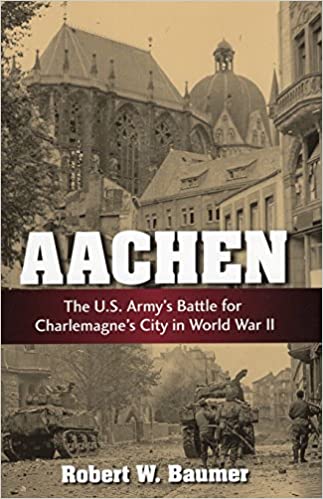 Aachen: The U.S. Army’s Battle for Charlemagne’s City in World War II (Robert W. Baumer, Stackpole Books, Mechanicsburg, PA, 2015, 410pp., maps, photographs, notes, bibliography, index, $29.95, hardcover)
Aachen: The U.S. Army’s Battle for Charlemagne’s City in World War II (Robert W. Baumer, Stackpole Books, Mechanicsburg, PA, 2015, 410pp., maps, photographs, notes, bibliography, index, $29.95, hardcover)
The Battle of Aachen was a critical moment in the European campaign during World War II. It was the first German city the Americans approached as well as an important cultural icon for the German people; Aachen had been the capital of Charlemagne’s empire centuries before. The loss of the city would be a heavy blow to German morale, so Hitler ordered it defended to the last man and cartridge. For nearly two months combat raged around and finally in Aachen as the U.S. Army slowly ground the defenders into submission.
The battle for this ancient city is told through the words and accounts of various participants from both sides. Extensive use is made of contemporary battle reports, and the author effectively combines them into a narrative that is easy to follow and engaging.
The Battle of Britain: 75th Anniversary Edition (Kate Moore, Osprey Publishing, Oxford, UK, 2015, 200pp., maps, photographs, appendices, bibliography, index, $14.95, softcover)
World War II is replete with turning points, critical battles, and pivotal moments when the course of the war changed, often due to the actions of a few people who succeeded by the thinnest of margins. The Battle of Britain qualifies as such an event. The war would have progressed differently had Nazi Germany been able to successfully invade England in 1940-41. That fact that they were unable to complete their plans was due to heroic efforts and great sacrifices by a mere handful of pilots, aircrew, and support personnel of the Royal Air Force. These men and women held off the Nazi onslaught long enough for the United Kingdom to prepare for the war’s continuation and fought hard enough to convince the Nazis the island could not be invaded with a reasonable chance of success, enough so that German attention subsequently turned eastward.
This book is a well done photo essay of this critical time in British history. The publisher partnered with the Imperial War Museum, using its vast collections to produce an excellent popular history. The illustrations tell the story effectively, and the accompanying text rounds out the book with additional detail, giving the reader a look at one of England’s darkest yet proudest moments.
Tigers in the Ardennes: The 501st Heavy SS Tank Battalion in the Battle of the Bulge (Gregory A. Walden, Schiffer Publishing Ltd. Atglen, PA, 2015, maps, photographs, notes, bibliography, index, $35.00, hardcover)
Only a relative few Tiger tanks were built, but they spark intense interest even decades later. Grouped into a small number of heavy tank battalions in both the Army and SS, they were used wherever their firepower was needed. In the Ardennes Offensive, the 501st SS Heavy Tank Battalion was the heavy tank unit of the 1st SS Panzer Corps. It was expected to help punch through the thin American defenses and gain a victory, which would hopefully split the Western Allies. The tanks were among the toughest, most powerful of the war, but they suffered from reliability problems and poor mobility. The crews were brave, but at this late stage of the war many lacked experience.
Both German and American veterans were interviewed for this book. The author, a former tank officer, analyzes the terrain of the Ardennes and expertly describes the challenges the Ardennes presented to a Tiger battalion. Detailed maps accompany the text to show the exact route the 501st took during the battle. The book has many photographs, a number of them never before published.
New and Noteworthy
Wall, Watchtower and Pencil Stub: Writing During World War II (John R. Carpenter, Yucca Publishing, 2014, $24.95, hardcover) This is a review of how writers did their work during the war. It examines how their work influenced American culture during and after the conflict.
In Defense of Freedom: Stories of Courage and Sacrifice of World War II Army Air Forces Flyers (Wolfgang W.E. Samuel, University Press of Mississippi, 2015, $29.95, softcover) This book features 28 stories of different pilots and aircrews. Each is a unique tale of courage and endurance.
American Warlords: How Roosevelt’s High Command Led America to Victory in World War II (Jonathan W. Jordan, NAL Caliber, 2015, $28.95, hardcover) President Roosevelt had to direct, influence, and at times manipulate his subordinates toward the goal of victory. This book reveals how he did so despite rivalries and competing agendas.
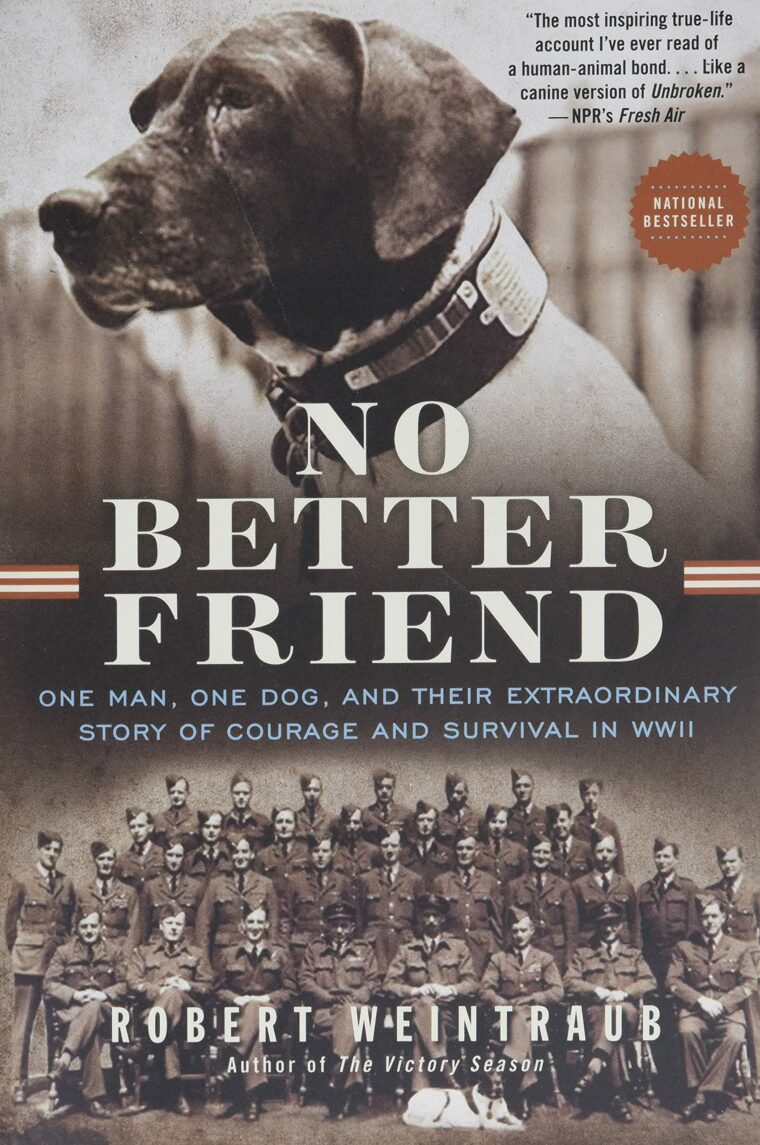 No Better Friend: One Man, One Dog and Their Extraordinary Story of Courage and Survival in WWII (Robert Weintraub, Little, Brown and Company, 2015, $28.00 hardcover) RAF Airman Frank Williams was captured and placed in a POW camp. There he met Judy, a purebred pointer who helped him stay alive and sane during his captivity.
No Better Friend: One Man, One Dog and Their Extraordinary Story of Courage and Survival in WWII (Robert Weintraub, Little, Brown and Company, 2015, $28.00 hardcover) RAF Airman Frank Williams was captured and placed in a POW camp. There he met Judy, a purebred pointer who helped him stay alive and sane during his captivity.
The Third Reich in History and Memory (Richard J. Evans, Oxford University Press, 2015, $29.95, hardcover) The Nazis left a haunting legacy that humanity has struggled to deal with since 1945. Presented in this volume are a number of essays discussing the effect of Nazism and how our perception of it has changed over the decades.
Hollow Heroes: An Unvarnished Look at the Wartime Careers of Churchill, Montgomery and Mountbatten (Michael Arnold, Casemate Publishing, 2015, $34.95, hardcover) This book seeks to show these three British leaders as less than their popular reputations would indicate. The author argues they were all subject to fits of ego, jealousy, and self-preservation.
Airborne: The Combat Story of Ed Shames of Easy Company (Ian Gardner, Osprey Publishing, 2015, $25.95, hardcover) Ed Shames is the last surviving officer from Easy Company of Band of Brothers fame. This is his account of the war as he saw it.
US Standard-Type Battleships 1941-45 (1): Nevada, Pennsylvania and New Mexico Classes (Mark Stille, Osprey Publishing, 2015, $17.95, softcover) These older battleships played an important role during the war despite their age. They provided gunfire support during amphibious operations and a few even saw ship versus ship action.
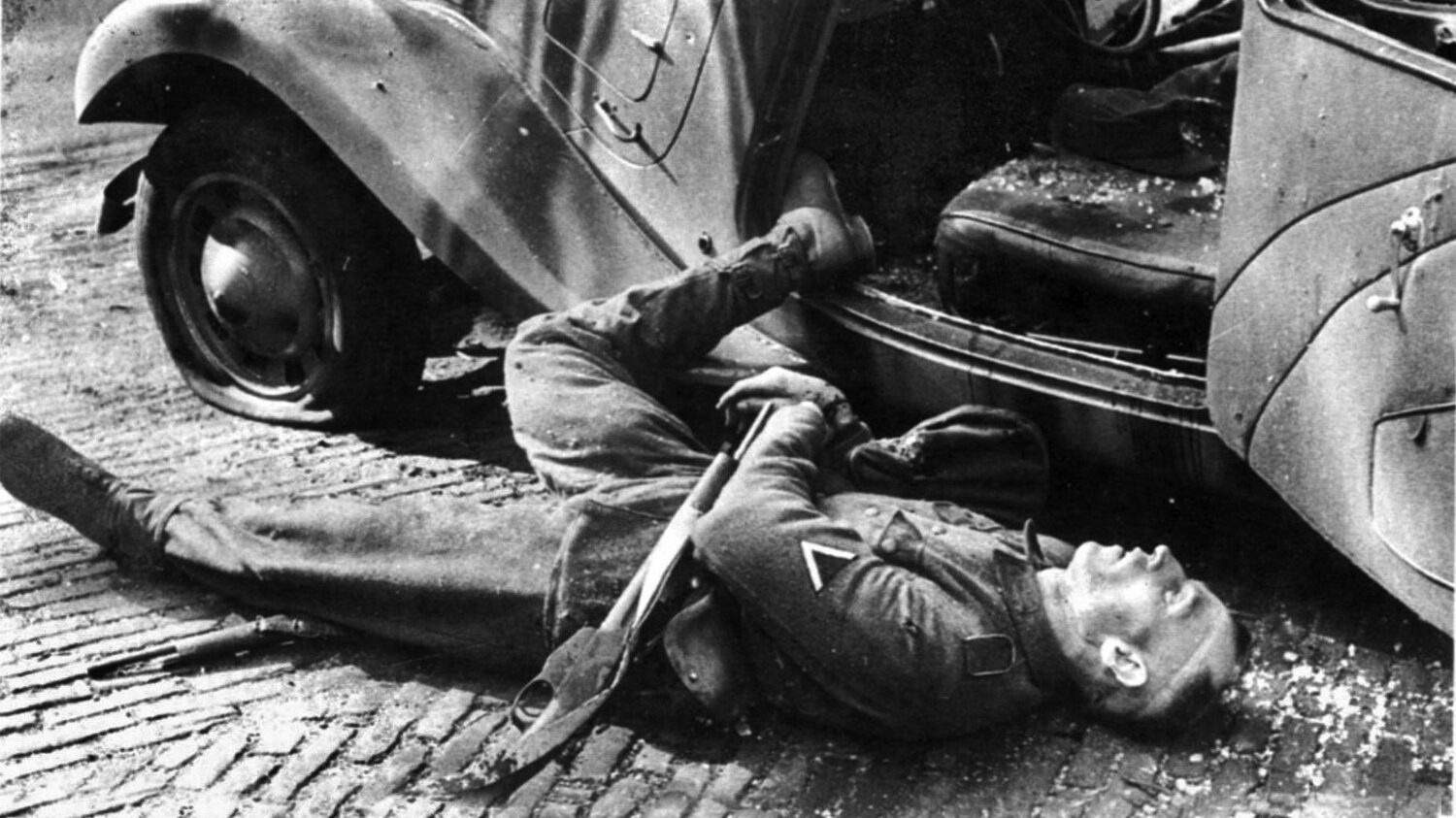
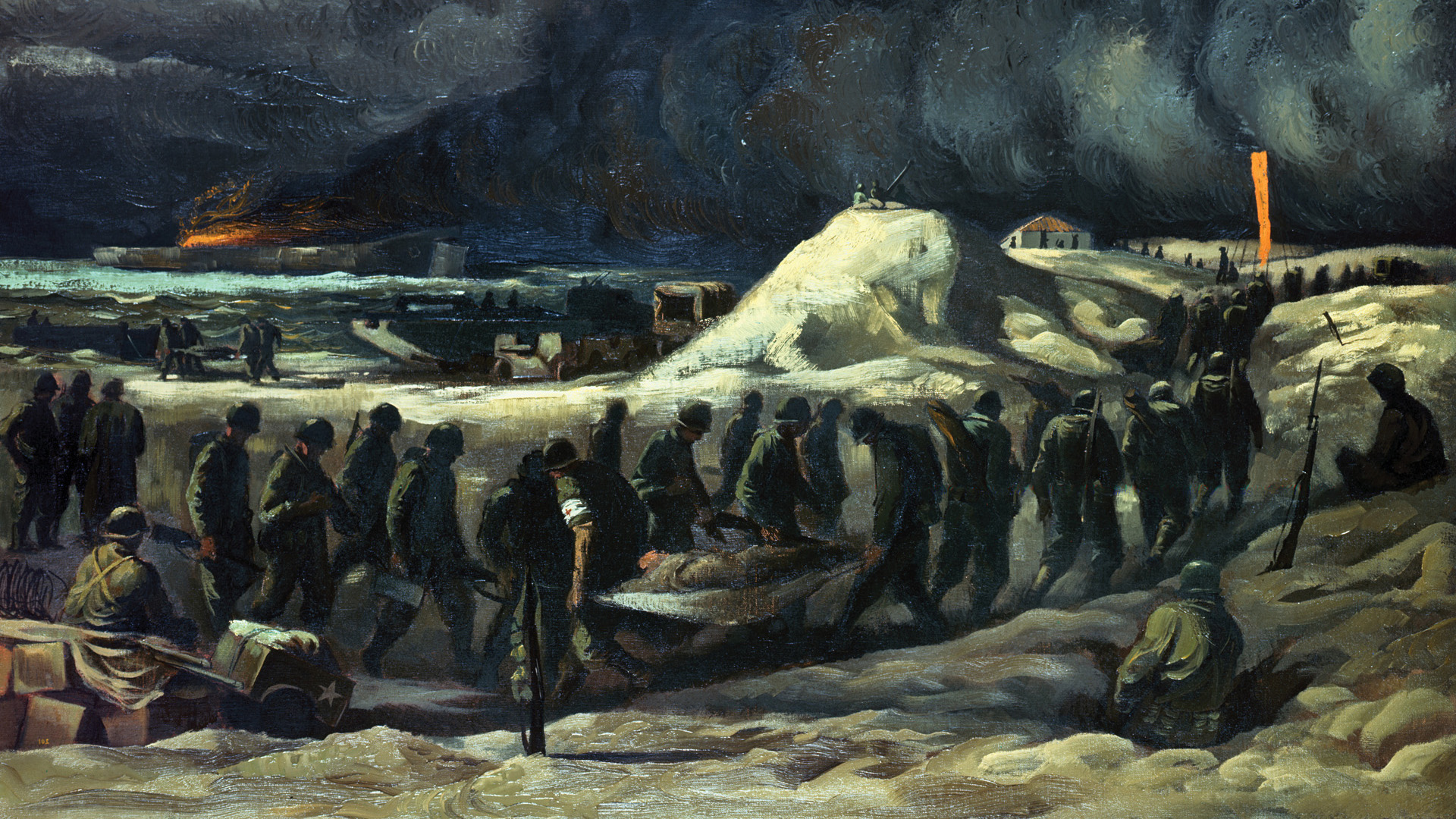
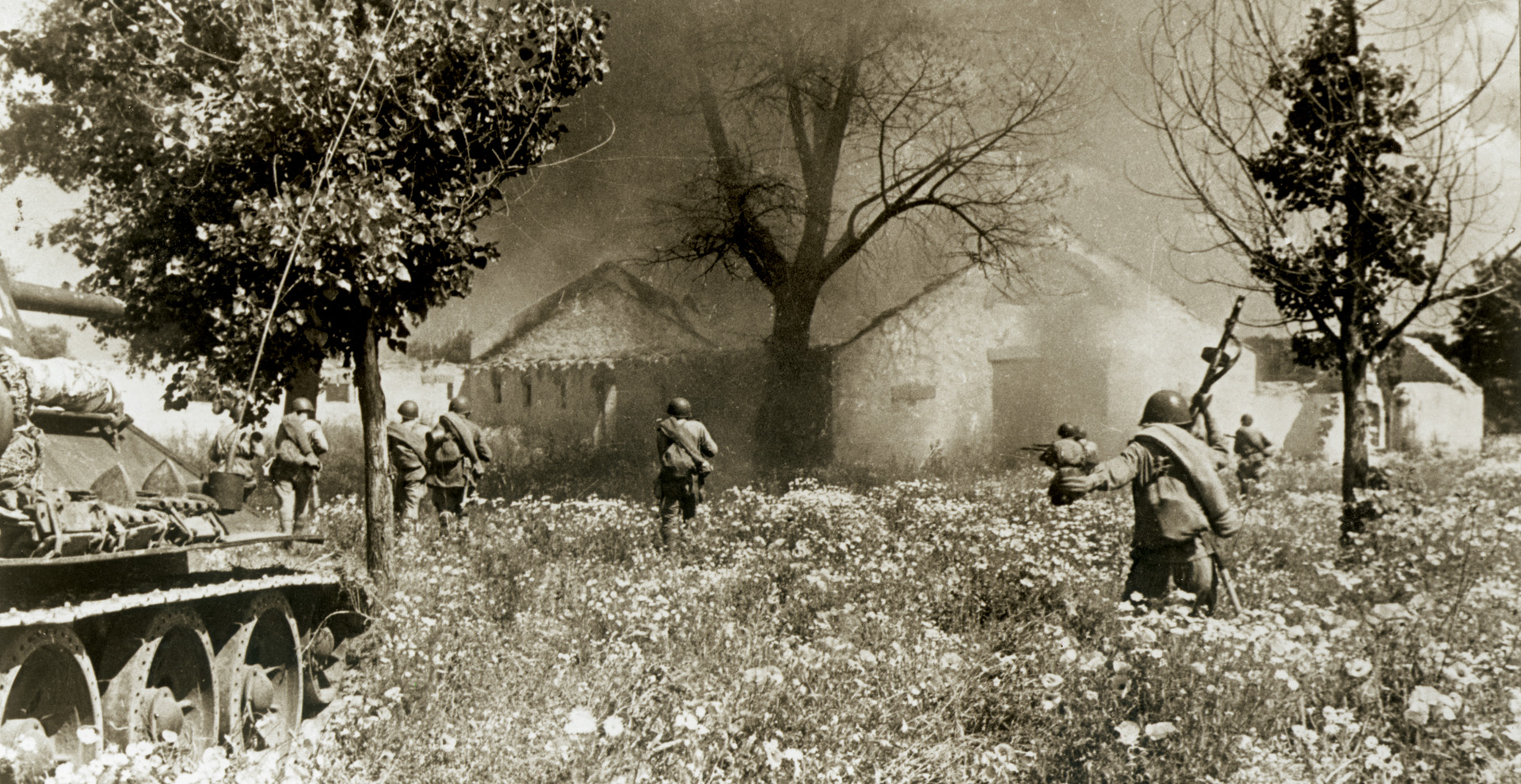
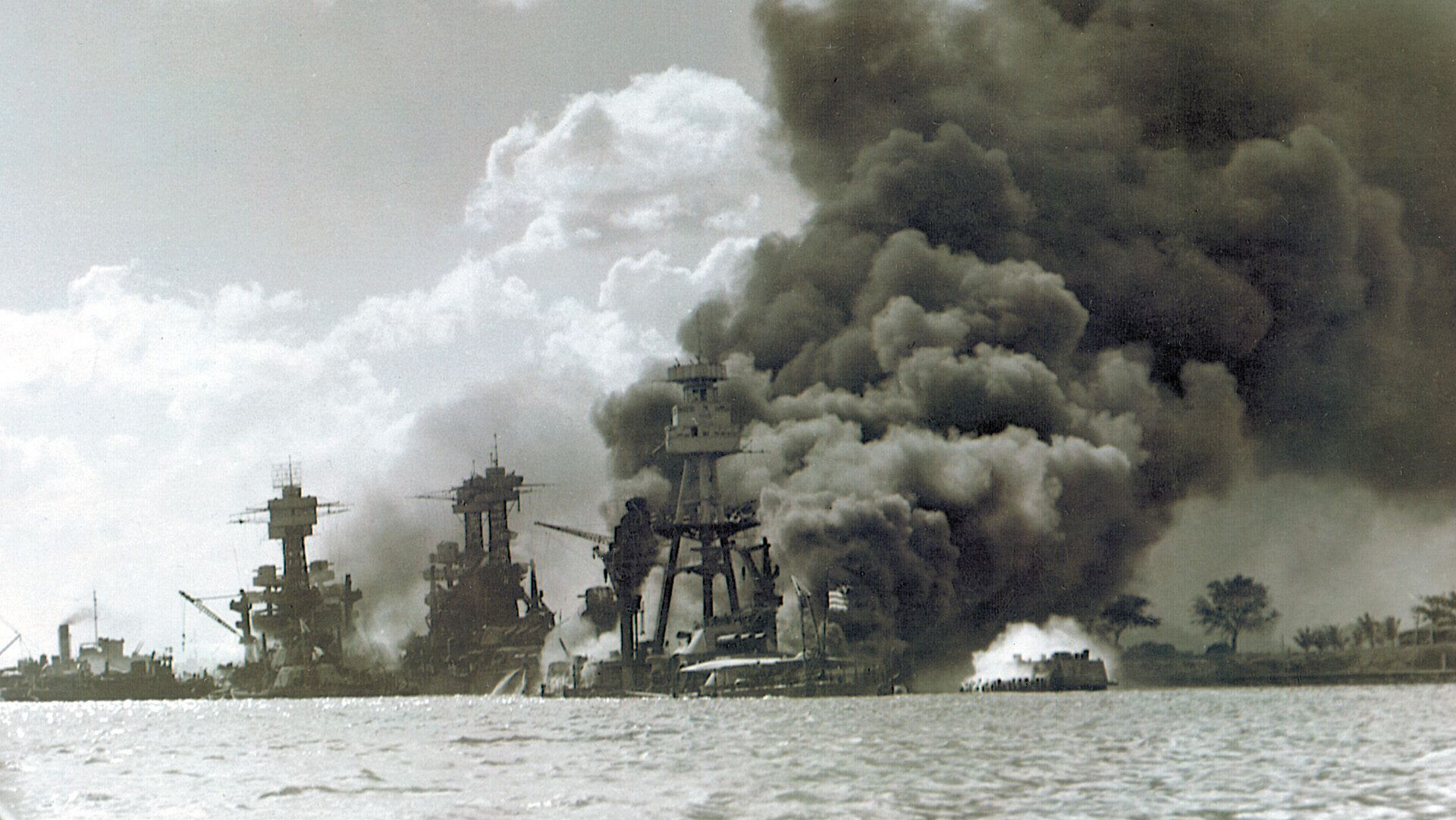
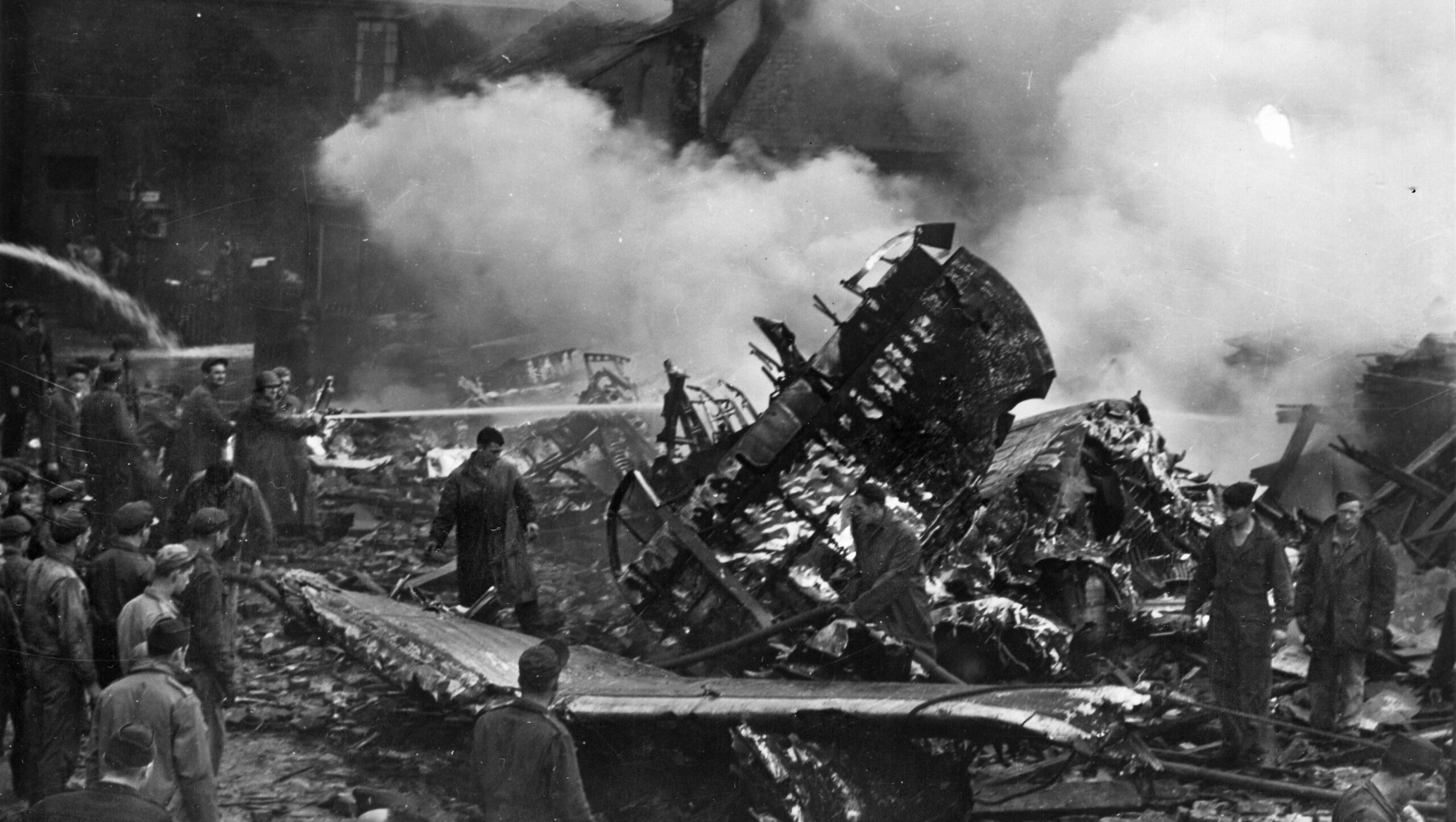
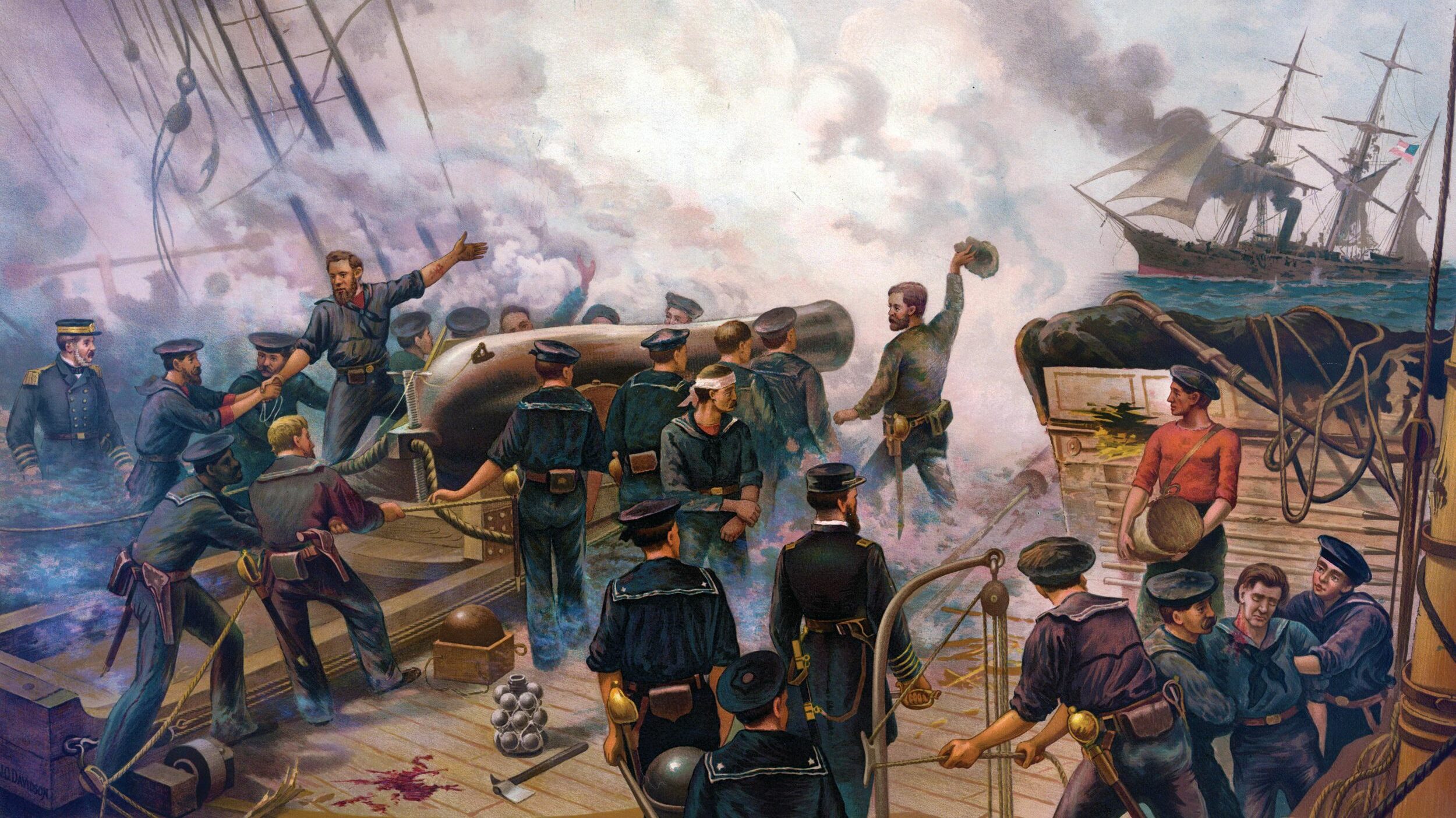
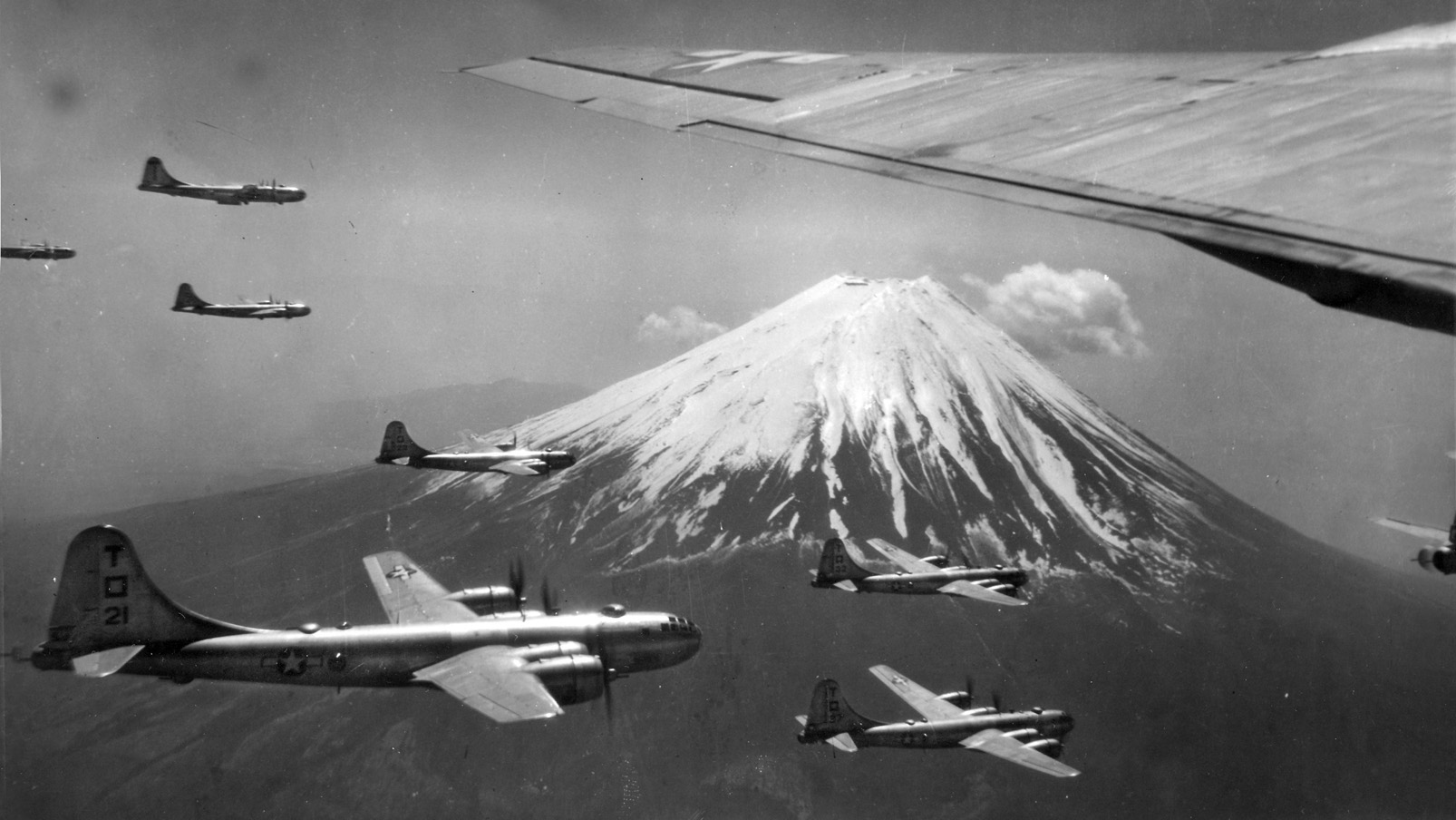
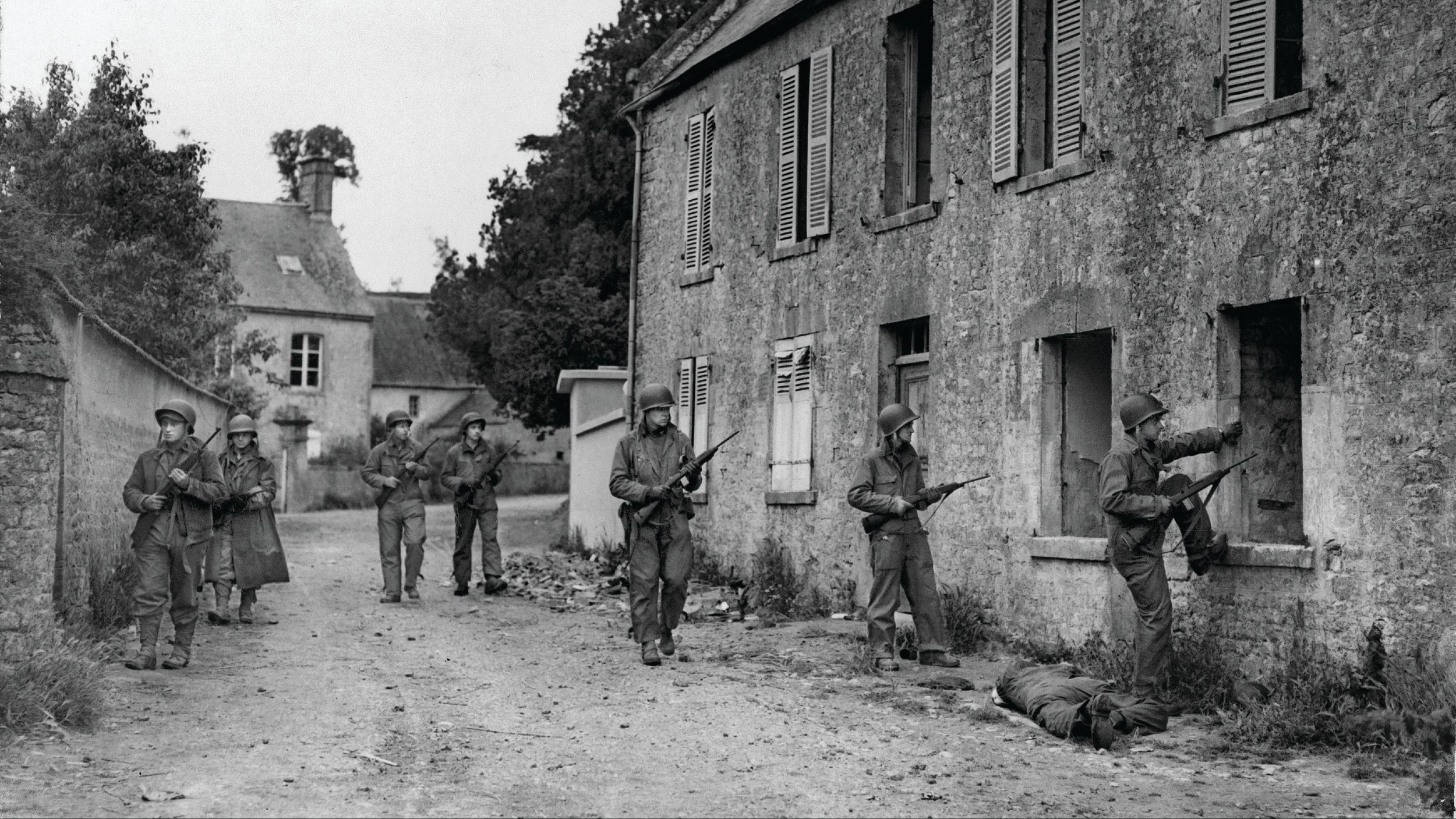
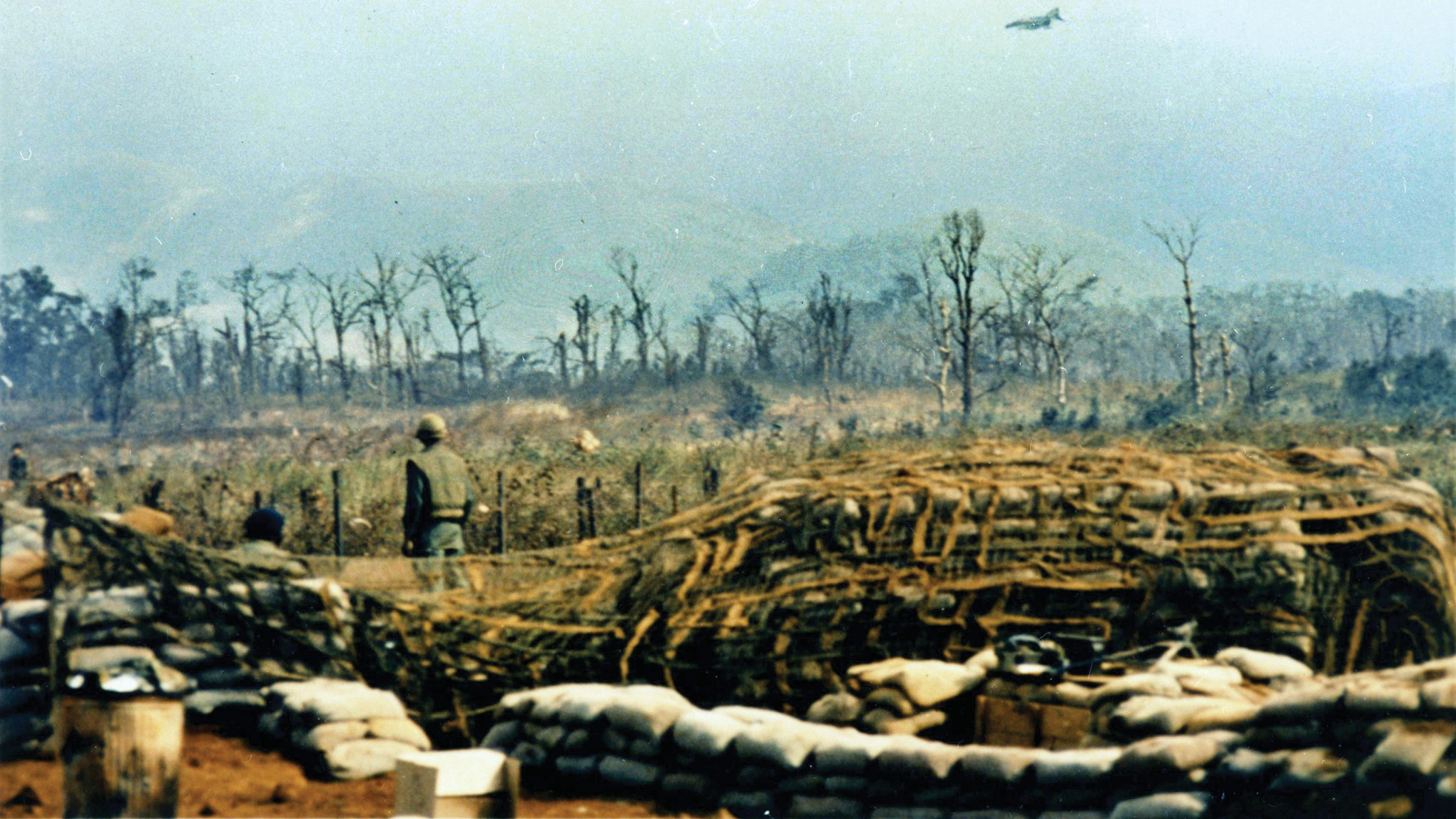
Join The Conversation
Comments
View All Comments